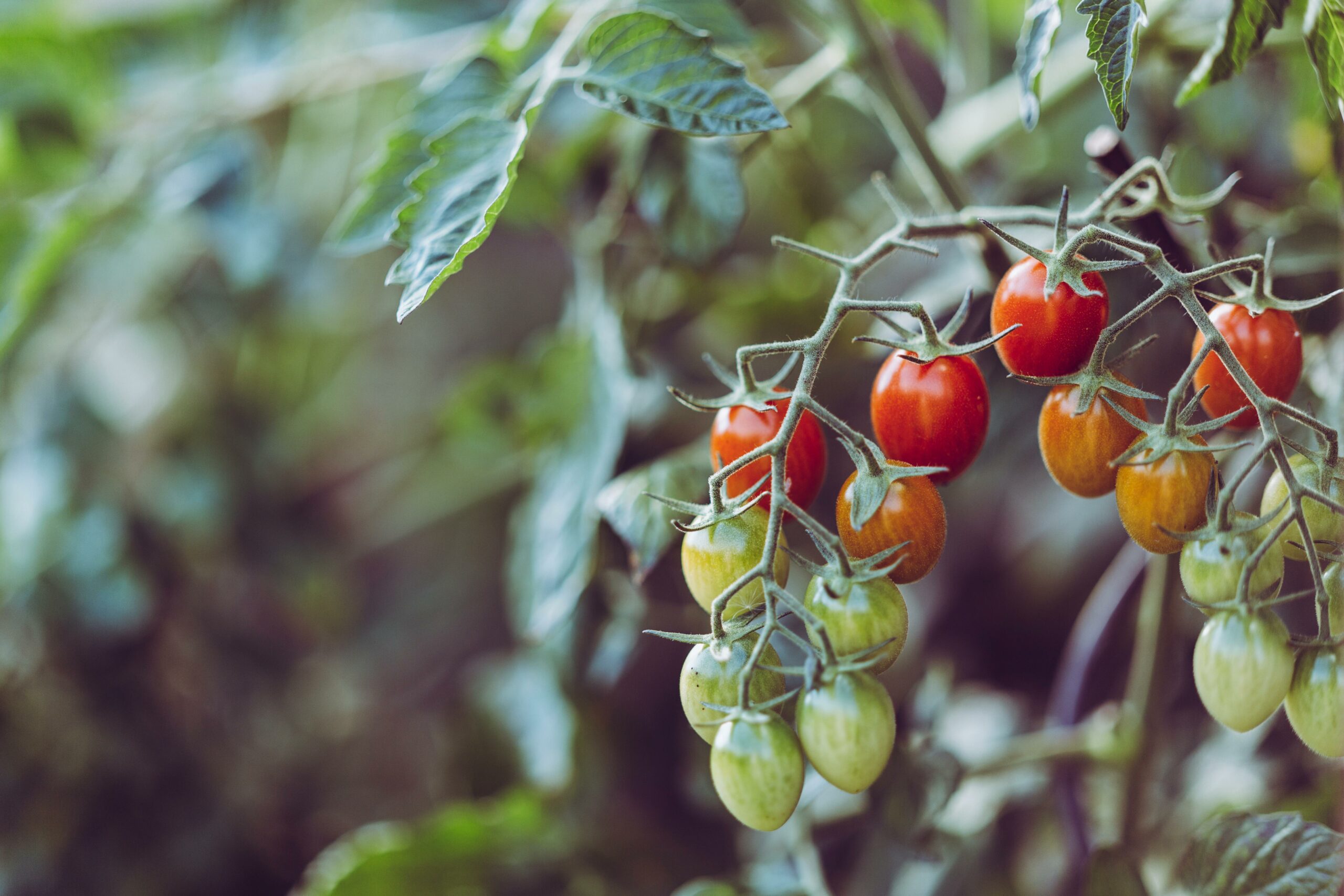The garden you’ve been working so hard to keep weed- and pest-free all summer is now beginning to produce abundantly. Knowing when and how to harvest the fruits of all of your labor ensures that it provides the best flavor and nutrition. Knowing how to store it for consumption in the next few days and how to store it for consumption in the next months and years ensures that it still tastes good and nourishes you and your loved ones without risk to their health.
General Principals for Harvesting
These tips will help you know when and how to harvest most things in your garden. For specific crops, please search the item on the internet, e.g. Google “when to harvest beets”.
- Harvest for peak flavor and nutrition. Many vegetables, such as beans, peas, summer squash, and turnips, are at their peak of taste and nutrition when they are tender and immature. Other vegetables, such as tomatoes, melons, and winter squash need to be allowed to completely ripen on the vine so that their flavors can become fully developed.
- Harvest for size. Size is generally a reliable indicator of maturity, but it takes a little practice to know when some vegetables are just right for picking. Because there may be some variance in vegetable varieties, always check seed packets or any information that is provided with purchased transplants for guidance on mature vegetable sizes.
- Harvest often. One of the biggest mistakes a gardener can make is neglecting to harvest vegetables regularly. Unpicked beans can go from tender to tough in no time at all. A zucchini that was just 2 inches long a couple of days ago can be an overripe 2-foot long club today. Keep in mind that the goal of the plant is to reproduce. If vegetables are allowed to grow to full maturity and are not harvested, the plant will stop producing.
- Harvest with the right tools. Some crops, such as lettuce, kale, and peas can be either pinched or gently snapped off with your fingers. Vegetables that don’t easily separate from the plant should be cut off. A dedicated pair of scissors is ideal for snipping off some vegetables, such as beans. A sharp knife or hand pruners should be used to harvest crops with tougher stems, such as eggplants and cucumbers. A garden fork is an ideal tool for harvesting potatoes and root crops.
- Harvest under the right conditions. Vegetable quality is at its highest at the time of harvest and begins to decrease rapidly thereafter. The best time of day to harvest most vegetables is in the early morning after the dew dries. This is when they are at their sweetest and juiciest. Avoid picking vegetables in the heat of the day, especially leafy vegetables, which can wilt immediately.
- Handle plants with care. Keep vining plants properly trellised so that the weight of maturing vegetables doesn’t cause the plant stems to bend or break. Avoid tugging or ripping a vegetable from the plant. This can damage the plant and provide an entry point for diseases. Also avoid working among vegetables during wet weather to inadvertently spread fungal and other diseases among plants.
- Harvest the outer (larger) leaves of leafy vegetables first. Lettuces and some other leafy vegetables sprout from the center of the plant. Unless you are harvesting the entire plant, pick the larger, outer leaves first and leave the tiny new growth in the center to continue developing.
General Principals for Short-Term Storage
These tips will help you know how to store most things from your garden to consume within the next few days. The sooner you can eat fresh veggies and fruits after harvest, the more nutritious and tasty they will be.
- Cleaning: Gently brush all dirt, straw, bugs, and other detritus from the produce, but DO NOT WASH the fruit until you’re ready to use it. When ready, run cool water over the skin, gently rub clean. Cut out any rot, pest, or sun damage. Peel if necessary or preferred.
- Refrigerate or Not? Stone fruits and tomatoes should not be refrigerated (that is if you want them to have any taste!). Refrigerating most fruits and vegetables does, however, extend the life of their viability.
- Store Fruits & Vegetables Separately: Many fruits emit ethylene gas which causes other fruits and vegetables to ripen more quickly (aka rot), so store them separately unless you’re trying to ripen something quickly. Further, many fruits will absorb the odors of the vegetables they’re stored with. So store them separately, unless you want onion-scented peaches!
- Air Flow: Allow some air to flow around the fruit to slow down rotting.
- Remove Rot: Inspect daily and remove anything that shows signs of spoilage to prevent the spread of rot.
- Moisture Control: Add a dry paper towel or tea towel cloth to the container to absorb extra moisture to prevent spoilage.
General Principals for Long-Term Storage
The main goal of food preservation is to control or inactivate the factors that cause food to spoil, such as “bad” microorganisms and enzymes that cause discomfort, illness, and potentially even death. We inhibit bad microbial growth in any number of ways, including reducing moisture, reducing temperature, increasing acidity, increasing temperature, increasing good microbial growth
Methods:
- Freezing
- Dehydrating
- Salt Curing
- Sugar “Curing”
- Pickling
- Fermenting
- Water Bath Canning
- Pressure Canning
- Freeze Drying

